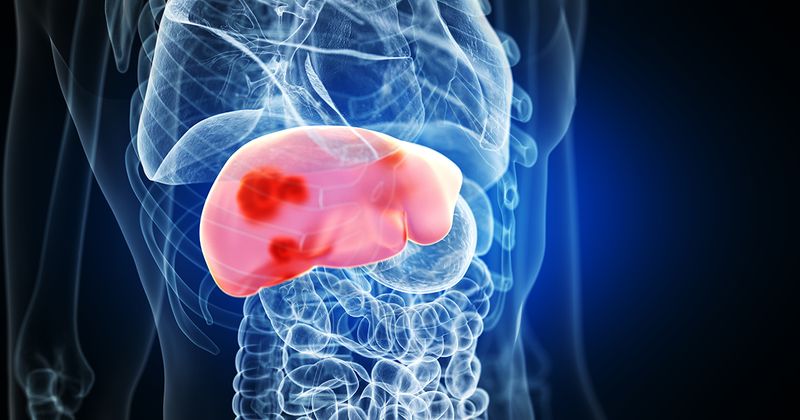One-fifth of NASH patients develop cirrhosis in 4 years; lower risk for women, nonsmokers
Among patients with nonalcoholic steatohepatitis in the United States, 20% progressed to cirrhosis within 4 years, with female sex and nonsmoking status linked to lower risk for progression, according to data from the TARGET-NASH trial.
“One of the challenges is understanding what the progression rate is in the real world — and by real world I mean outside of the tertiary liver centers, where perhaps there is a selection bias for patients,” Philip Newsome, MD, PhD, professor of hepatology at the University of Birmingham, said during a presentation at EASL Congress. “The purpose of this [study] was to try to better understand the natural history of [NASH] in the United States and identify factors that may be associated with progression.”

Image: Adobe Stock
Using data from the TARGET-NASH longitudinal observational study of more than 7,000 patients with nonalcoholic fatty liver disease, Newsome and colleagues monitored 1,843 adults with NASH (F2 or F3) or cirrhotic NASH (compensated or decompensated) from 2016 to 2021. The average follow-up was 4 years.
Researchers analyzed demographic and clinical characteristics for participants, which they grouped by noncirrhotic NASH stage F2 to F3 (n = 703), NASH F4 compensated cirrhosis (n = 786), all patients with cirrhosis (n = 1,140) and NASH F4 decompensated cirrhosis (n = 354).
Outcomes of interest included all-cause mortality, liver transplantation, MELD score change (> 15), new decompensation event, cirrhosis, hepatocellular carcinoma and non-HCC cancers. For each group, researchers calculated the incidence rate for all clinical outcomes.
“This is the first data looking at the progression over the follow-up period to cirrhosis,” Newsome noted.
According to results, female sex and a history of never smoking reduced progression to cirrhosis in individuals with F2 to F3 NASH, while incipient synthetic dysfunction and recent hypertension were linked to decreased rates of decompensation and death among those with cirrhosis. Within 4 years, 20% of patients progressed to cirrhosis and 30% to 50% of patients with cirrhosis decompensated or died.
The highest incidence of all-cause mortality was observed in patients with decompensated cirrhosis.
“This important real-world analysis provides insights into how tracking fibrosis progression and other health consequences in patients with NASH can predict long-term outcomes for this serious, chronic disease,” Michael W. Fried, MD, FAASLD, chief medical officer and cofounder of Target RWE and professor of medicine at the University of North Carolina at Chapel Hill, told Healio.
He added: “Real-world data from TARGET-NASH informs patient care by helping providers better understand the patient journey and risks for disease progression, which can help stratify those in most need of treatment. These data can serve as an important baseline against which to judge the long-term clinical impact of the innovative therapies that may become available in the near future.”

